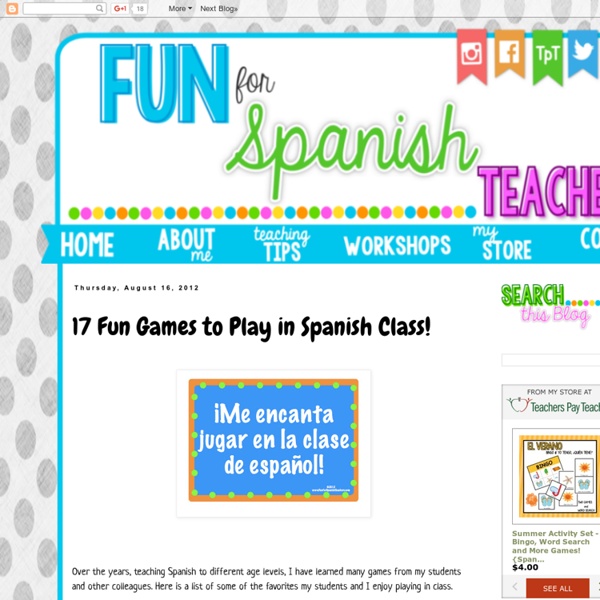Proegresados: EXPRESIONES INCORRECTAS VS EXPRESIONES CORRECTAS. MEJORA TU LENGUAJE
Expresiones incorrectas. Tomado de: A continuación presentamos algunas expresiones incorrectas que son utilizadas con mucha frecuencia. Toma nota sobre su forma correcta de expresión y mejore su lenguaje. Fuente: Catalina Jaramillo Aguilar.
LA Youth » Immigrant dreams
I always knew my parents had come here from Mexico illegally but I didn’t know any of the details. I was busy hanging out with my family and friends, going to school or longing to go to a show for the rockabilly band the Horrorpops. I would cry when I saw the news reports about people drowning in the Rio Grande or dying in the desert while trying to cross the border, but then I would go back to my life. I never gave my parents’ stories much thought until the recent immigration debate. As I heard about the protests and the school walkouts over HR 4437, the bill that would make it a felony to be undocumented, I became curious about how and why my parents had come here. When I was a child, my dad and grandma told me stories about Mexico so I would appreciate my home.
5 Kids Videos That Will Definitely Teach You Spanish
Want a way to watch videos for entertainment and Spanish learning? Can’t quite understand Spanish telenovelas? Confused by Spanish movies and TV?
Infografía: El mapa más ‘cool’ del mundo hispanohablante
¿Cómo se dice ‘cool’ en español? La respuesta no es para nada sencilla. Depende de muchos factores, por ejemplo, el país, la región, la clase socioeconómica y la edad del locutor.
How To Use Blogs In the Classroom - eLearning Industry
With the inception of Common Core standards and The No Child Left Behind Act, all educators require teaching literacy across the curriculum. Getting kids to write, especially the weaker writers, can be a challenge in itself but getting kids to write about math can be even more challenging – unless you use blogging as your literacy tactic. Blog writing is informal, unlike academic writing, which may be intimidating to some, if not all, of your students. Blog writing takes the pressure off of writing and gives your students a voice in a safe environment, even if you or your students stepping out of your comfort zone.
Teaching Resources for Spanish Class, Spanish4Teachers.org
Folktale Unit: The Princess and the Golden Shoes
Folktale Unit: The Princess and the Golden Shoes Grade Level(s): 1-2, 3-5 By: Debbie Haren, Preschool Teacher Language Arts activities to go with the story The Princess and the Golden Shoes. Objectives: To help students learn variations to classic folktales. To learn what a folktale is and why they were so popular many years ago.
Short Stories for Children
Does your family or class have a favorite short story in the public domain? Please send your suggestions to amlit.editor@gmail.com Looking for chapter books like The Wizard of Oz and Treasure Island? Enjoy our collection of chapter Books for Young Readers
Writing Format Templates and a Free Guide
Introduction A Personal letter is sent from one individual to another individual or organisation in order to address matters of an informal nature. Examples of these can include;
Program Models for Teaching English Language Learners
Collier, V. P. (1992). A Synthesis of studies examining long-term language minority student data on academic achievement.
Bilingual Education in the Classroom
Bilingual education is the process of teaching students using two languages. Educators usually teach students in their native language in conjunction with a second language utilizing differing levels of the native and second language depending on the requirements specified in lesson plans and teaching models. Below are common bilingual education models employed in public school schools, charter schools and private institutions across the United States. Transitional Bilingual Education.
Pages - Easy WP Guide
Short url: After clicking on the Pages menu option you’ll be shown a list of Pages that your site contains. Among the information displayed is the Page title, the Author, No. of Comments and either the Date Published or the Date the Page was Last Modified. The Pages screen will look similar to screen below. At the top of the page you can view how many Pages in total you have in your site, how many have been published by yourself or how many are Published or in Draft.
Pages
Pages are static. That means that the information displayed on a page doesn’t change, or doesn’t change often. A great example of a page would be the About or Contact Us section of a website. Create a New Page Watch the video below for a quick overview of how it works, and read below for more examples and settings. To add a new page, navigate to My Site(s), then click Add next to Pages:
Children's literature - Wikipedia
A mother reads to her children, depicted by Jessie Willcox Smith in a cover illustration of a volume of fairy tales written in the mid to late 19th century. Children's literature or juvenile literature includes stories, books, magazines, and poems that are enjoyed by children. Modern children's literature is classified in two different ways: genre or the intended age of the reader. Children's literature can be traced to stories and songs, part of a wider oral tradition, that adults shared with children before publishing existed.




Great games to learn vocabulary in Spanish by leonora9700 Oct 27